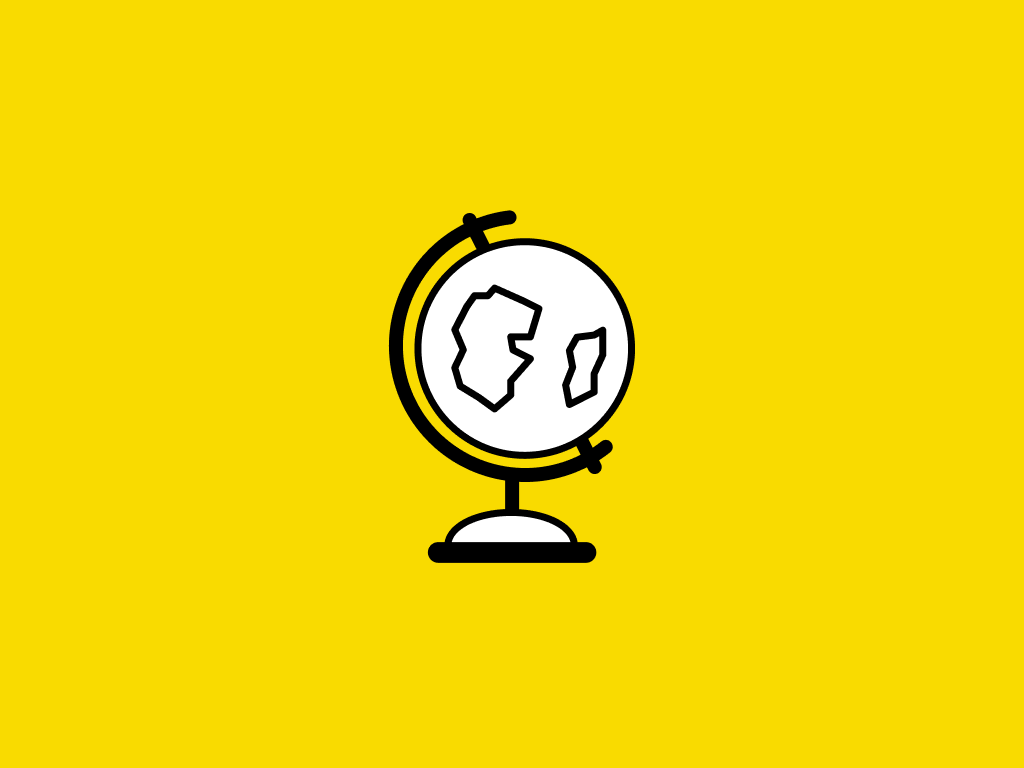Description
A UX designer is responsible with taking care of the end to end experience of the product. From the loading screen to the final task completion, every step of the product usage is monitored by the ux designer. In this roadmap, you will learn to figure out how your users think and behave so that you can design well tailored experience of your product.
What you'll learn
- Design thinking
- User Research
- Information Architecture
- Wireframing (including some design tools)
- Prototyping
- Testing
Syllabus
Design thinking
The designers who use Hackr.io use several guiding principles to launch their careers. To get started, most people choose a generalized course on digital design. These courses tend to cover user empathy, and the process where you define, ideate, prototype, test, and implement. Here are a few of our community's favorite resources on the subject.
User Research
We design for people of many different backgrounds, histories and cultures. Hence, User research is crucial before moving forward with any design project. There are many ways to do this, so you need to pick what method suits the situation you are designing for. The community of designers at Hackr recommended the following resources.
Information Architecture (IA)
Your team developed the information, and you want to share it with your users. But how do you do it? Professional UX designers consider Information Architecture when designing the solution. With AI, you structure your data in a way that makes sense for the people who visit your app or site. Here are a few of our designer's favorite resources on the subject.
- Information Architecture (IA) Fundamentals (click.linksynergy.com)
- Project: A New Design Challenge Each Week
- Resource: Difference between IA and Navigation
Wireframing
Prototyping
Testing
How to follow this roadmap?
- Before jumping on to this roadmap make sure you have some experience designing interfaces of the web and/or mobile apps.
- Make sure to move slowly through every step of the process. Remember the subtle art of designing experience requires patience. Only then you can really figure out user behaviour and identify real user needs.
- Make sure to practice with as many real examples as you can. Take feedback as much as possible and decide how you are going to incorporate that back into your design.
- Always remember that understanding User Experience takes time.
- Have fun learning and Happy Designing!

-
TypeRoadmaps
-
ProviderIndependent
-
PricingFree
-
CertificatePaid Certificate
A UX designer is responsible with taking care of the end to end experience of the product. From the loading screen to the final task completion, every step of the product usage is monitored by the ux designer. In this roadmap, you will learn to figure out how your users think and behave so that you can design well tailored experience of your product.
What you'll learn
- Design thinking
- User Research
- Information Architecture
- Wireframing (including some design tools)
- Prototyping
- Testing
Design thinking
The designers who use Hackr.io use several guiding principles to launch their careers. To get started, most people choose a generalized course on digital design. These courses tend to cover user empathy, and the process where you define, ideate, prototype, test, and implement. Here are a few of our community's favorite resources on the subject.
User Research
We design for people of many different backgrounds, histories and cultures. Hence, User research is crucial before moving forward with any design project. There are many ways to do this, so you need to pick what method suits the situation you are designing for. The community of designers at Hackr recommended the following resources.
Information Architecture (IA)
Your team developed the information, and you want to share it with your users. But how do you do it? Professional UX designers consider Information Architecture when designing the solution. With AI, you structure your data in a way that makes sense for the people who visit your app or site. Here are a few of our designer's favorite resources on the subject.
- Information Architecture (IA) Fundamentals (click.linksynergy.com)
- Project: A New Design Challenge Each Week
- Resource: Difference between IA and Navigation
Wireframing
Prototyping
Testing
How to follow this roadmap?
- Before jumping on to this roadmap make sure you have some experience designing interfaces of the web and/or mobile apps.
- Make sure to move slowly through every step of the process. Remember the subtle art of designing experience requires patience. Only then you can really figure out user behaviour and identify real user needs.
- Make sure to practice with as many real examples as you can. Take feedback as much as possible and decide how you are going to incorporate that back into your design.
- Always remember that understanding User Experience takes time.
- Have fun learning and Happy Designing!

 Roadmaps
Roadmaps  Independent
Independent
 Free
Free  Paid Certificate
Paid Certificate 